K
Keith CannonSep 13, 2025
What does resistor R21 fault mean for Mitsubishi Electric Heat Pump?
- AAngela RochaSep 13, 2025
Resistor R21 fault (connected to the Main control board).
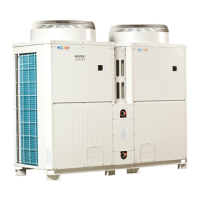
What does resistor R21 fault mean for Mitsubishi Electric Heat Pump?
Resistor R21 fault (connected to the Main control board).
What causes thermistor wiring failure in Mitsubishi Electric CAHV-P500YA-HPB?
The problem may be caused by broken or shorted thermistor wiring. Inspect the wiring for damage.
Why is my Mitsubishi Electric CAHV-P500YA-HPB Heat Pump displaying a thermistor wiring error?
The error may be due to broken or shorted thermistor wiring. Check the wiring.
What causes inter-phase voltage drop in Mitsubishi Electric Heat Pump?
An inter-phase voltage drop (Inter-phase voltage at or below 180 V) may be caused by a ground fault of the compressor.
Why is my Mitsubishi Electric Heat Pump showing a voltage drop and clogged heatsink?
The problem may be caused by power supply voltage drop (Inter-phase voltage is 180 V or below.) or clogged heatsink cooling air passage, which can lead to fan motor fault.
What does short-circuited IPM/ground fault mean for Mitsubishi Electric CAHV-P500YA-HPB Heat Pump?
There is a short-circuited IPM/ground fault (During operation).
What does DCCT overcurrent mean for Mitsubishi Electric Heat Pump at startup?
There is a DCCT overcurrent (At startup).
What does overcurrent relay trip mean for Mitsubishi Electric Heat Pump at startup?
There is an overcurrent relay trip (momentary value) (At startup).
Why is my Mitsubishi Electric CAHV-P500YA-HPB Heat Pump showing the wrong power supply frequency?
The power supply frequency is a frequency other than 50 Hz or 60 Hz.
What does A471 error mean on Mitsubishi Electric CAHV-P500YA-HPB Heat Pump?
This error indicates there is an open phase, which can lead to circuit board fault.
| Model | CAHV-P500YA-HPB |
|---|---|
| Category | Heat Pump |
| Power Source | Electric |
| Refrigerant | R410A |
| Power Supply | 380-415V, 50Hz, 3-Phase |
Specific warnings and precautions for general unit operation and installation.
Explains the meaning of WARNING, CAUTION, and IMPORTANT symbols used in the manual.
Step-by-step guide for the initial setup and startup procedure of the unit.
Instructions for starting and stopping the unit for routine daily use.
Guide to identifying and resolving issues based on error codes displayed by the unit.
Details on contacting manufacturer, installer, and maintenance providers.
Information regarding refrigerant type, charging, and handling procedures.
Schedule and procedures for regular maintenance inspections by a service provider.
Outlines the terms and duration of the product warranty.
Lists conditions and damages not covered by the product warranty.
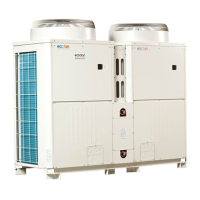



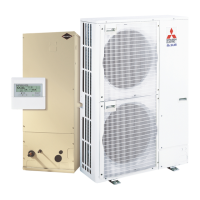
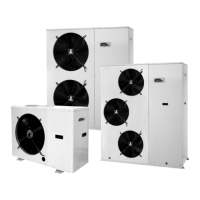


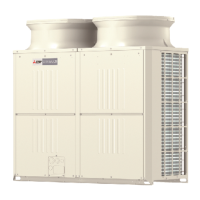
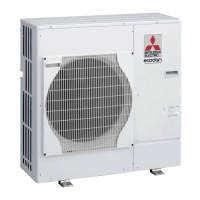
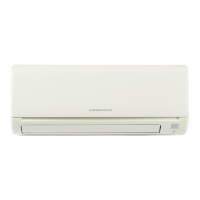
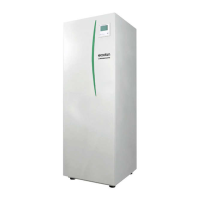
